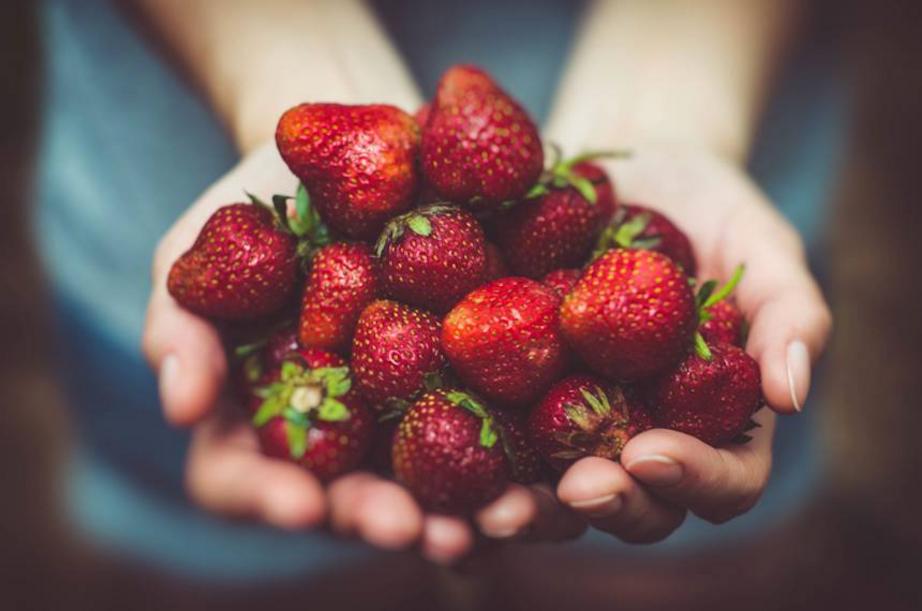Avoid these top 12 toxic fruits and vegetables
Each year EWG ranks produce for pesticide residue and presents consumers with both the safest and most toxic choices – here’s the latest list.
Is there anything more innocent than a plump red strawberry picked straight from the ground, still warm from the sun?
Aaaand … cue record scratch sound effect.
For this year’s annual Shopper’s Guide to Pesticides in Produce, Environmental Working Group (EWG) found that more than one-third of the strawberry samples tested contained 10 or more pesticide residues and breakdown products. One strawberry sample was riddled with 22 pesticide residues. Forget poison apples, conventional strawberries could be the new fruit of doom offered by villain queens.
Thankfully, we can opt for organic strawberries, as well as organic versions of all 12 produce items that the health and consumer watchdog has listed in 2018’s Dirty Dozen list. And since organic produce may be more expensive or hard to find everywhere, EWG also makes the brilliant move to list those items with the least pesticide residue as well so that we know what conventional produce is ok to consume. For example, they found that only 1 percent of conventional avocados tested positive for pesticides.
“It is vitally important that everyone eats plenty of produce, but it is also wise to avoid dietary exposure to toxic pesticides, from conception through childhood,” says Sonya Lunder, senior analyst with EWG. “With EWG’s guide, consumers can fill their fridges and fruit bowls with plenty of healthy conventional and organic produce that isn’t contaminated with multiple pesticide residues.”
All of EWG's analysis is based on the most recent tests by the United States Department of Agriculture (USDA), which found that 70 percent of samples of conventionally grown produce were tainted with pesticide residues. All together, USDA tests revealed 230 different pesticides and pesticide breakdown products on the thousands of samples they examined.
You can read more about the health concerns around pesticides and other key findings at EWG, but to cut to the chase, here are the conventional items to avoid, Number One being the most contaminated. Opt for organic versions of these.
The Dirty Dozen
1. Strawberries
2. Spinach
3. Nectarines
4. Apples
5. Grapes
6. Peaches
7. Cherries
8. Pears
9. Tomatoes
10. Celery
11. Potatoes
12. Sweet Bell Peppers
And on the other end of the spectrum, the conventional items that had the fewest amount of pesticide residue; Number One being the least contaminated. Eat these with abandon!
The Clean Fifteen
1. Avocados
2. Sweet Corn
3. Pineapples
4. Cabbages
5. Onions
6. Sweet Peas Frozen
7. Papayas
8. Asparagus
9. Mangoes
10. Eggplants
11. Honeydew Melons
12. Kiwis
13. Cantaloupes
14. Cauliflower
15. Broccoli
Also note: Some sweet corn, papaya and summer squash in the U.S. is grown from genetically modified seeds; so if you want to avoid that, purchase organic varieties.
If you want to check the ranking of any of your favorites not listed above, you can see the full list here.
Video can be accessed at source link below.

